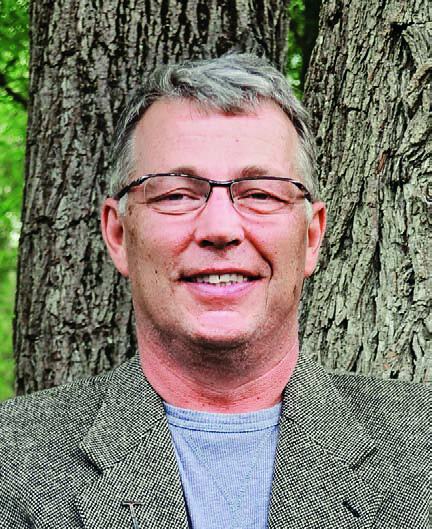
In June 2014, the media in B.C. and the rest of Canada was full of the news that the Supreme Court of Canada had granted Aboriginal title to more than 1,700 square kilometres of land in British Columbia to the Tsilhqot’in First Nation.
The case focused on the claim by the Tsilhqot’in Nation – six Aboriginal bands that include about 3,000 people – to Aboriginal title over 4,400 square kilometres of land (0.18 per cent of B.C.’s total area) to the south and west of Williams Lake in the B.C. Interior.
The Supreme Court’s unanimous 8–0 decision was greeted with much joy by First Nations.
In an announcement, Grand Chief Stewart Phillip, president of the Union of B.C. Indian Chiefs, said, “It only took 150 years, but we look forward to a much brighter future. This, without question, will establish a solid platform for genuine reconciliation to take place in British Columbia.”
Because the decision has implications for future economic and resource development on First Nations’ lands in the province, the decision was met with uncertainty and even nervousness in non-Aboriginal circles.

Going forward, it is important for everyone who is affected by the decision, or who has an interest in it, to retain a sense of equanimity. There are legal and political aspects to the decision that everyone in the province should recognize and try to keep separate, now and in the future.
Fortunately, there are legal experts who can help us keep our individual and collective cool.
Tom Isaac, an environmental, regulatory and Aboriginal partner at Osler, Hoskin and Harcourt LLP, and leader of the national Aboriginal law group, says that, although the decision confirmed the Tsilhqot’in Nation holds Aboriginal title to some land in north-central B.C., it didn’t create any new law.
“It elaborated an application of existing law, and it confirmed that seminomadic groups can claim title,” Isaac says. “The decision does not affect the continued assertion of title in the rest of B.C. It also confirmed that the Province can legislate on Aboriginal title and can infringe on that title where it is justified.”
Isaac says that there are both legal and political sides to the decision. “Legally, the decision affects approximately 1,700 square kilometres, but there are political and non-legal consequences, too,” he says. “First Nations and governments might feel empowered by the decision, depending on how they interpret it.”
Isaac says the decision will evolve over time: “The laws won’t remain static.”
The Tsilhqot’in decision has raised many questions, and it is just one example of more decisions to come. “Governments bear the burden of balancing the rights of the different members of society,” says Isaac. “They must take a thoughtful direction on the issue that is sustainable over the long run and in the best interests of all British Columbians, Aboriginal and non Aboriginal.”
Legally, the decision affects approximately 1,700 square kilometres, but there are political and non-legal consequences, too.
Isaac says the government needs to ensure the process of balancing rights will lead to business certainty. “There is nothing offensive about the government defending the public interest,” he says. “The industry should continue to remind the government that there are laws and regulations that need to be followed by everyone with a stake in mineral exploration.”

Robin Junger, partner and national co-chair, Aboriginal law and environmental law groups, at McMillan LLP, says the Tsilhqot’in decision has a number of implications for the mining industry. “The Supreme Court of Canada has said mining is one of the compelling governmental objectives that can justify provincial infringement on Aboriginal title,” he says.
Junger says it is unclear if Aboriginal title includes mineral rights, because the law is not completely settled on that point. “Even if it does, B.C. can, if it wishes, continue to authorize mineral claims and regulate mining on title lands, provided the justification test is met,” he says.
Looking ahead, Junger says allowing provincial laws to infringe Aboriginal title, but requiring them to be justified, is the only true path to reconciliation. “Any other approach could result in a fragmented map of the province in which title lands become legal vacuums and, for all practical purposes, sterilized from economic development,” Junger says. “While these discussions involve sensitive political issues, the Supreme Court has been clear in setting out the legal path to reconciliation, and it would be unfortunate if the government does not take up the mantle that the Supreme Court of Canada has handed it.”

Glen Wonders, vice-president of government and technical affairs for AME BC , says the Tsilhqot’in decision reinforces the importance for mineral explorers in the province to undertake respectful consultations with First Nations and build good working relationships. “Relationship-building will lead to common ground between explorers and First Nations,” he says. “The AME BC’s Aboriginal Engagement Guidebook is an excellent source of principled guidance and practical advice on how to conduct Aboriginal engagement throughout the exploration process.”
